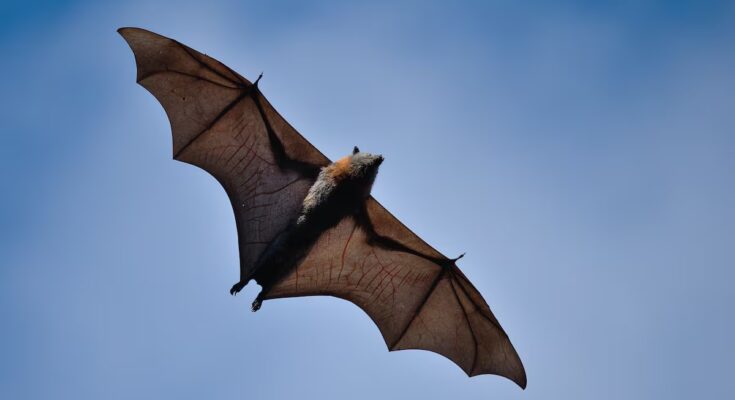To last week’s riddle-joke (Do four-leaf clovers exist?), Juan Carlos Prieto replies that, in any case, it would be a tetrabol (or four-leaf clover), and Pernan Goñi adds that if we remove a leaf from a clover it becomes a bibol.
Jokes aside, and as Rafael Granero points out: “To say that a two- or four-lobed clover is not a clover but a bibol or a four-leaf clover presupposes an essentialist error of language, confusing etymology with usage. As Wittgenstein showed in his Philosophical investigationsthe meaning of a word does not reside in an essence, but in a practice (the pragmatics of language), in its use within the linguistic game. That the name does not make the thing has been known since the time of Aristotle. “Clover” designates a botanical species (Clover), not a fixed number of sheets. We would therefore be making a categorical error (according to Gilbert Ryle) by converting an accidental property into an essence.” The language game: Wittgenstein’s suggestive formula could serve as the title of a subsection of The science game…
Regarding Leonardo da Vinci’s globe, Luis Ortiz says: “I find Leonardo’s representation of the world very interesting. I don’t think that dividing the Earth into octants and flattening them was an arbitrary choice, it wouldn’t be typical of him. I suppose that he was looking above all for a representation with the minimum possible deformations and, moreover, as if he didn’t want it, of undoubted aesthetics. Therefore, even if the flattening of an octant of a sphere can give rise to for other figures, surely the Reuleaux triangle is “a good result from the point of view of deformations”. Can the flattening of a spherical octant give rise to a figure that is not a Reuleaux triangle?
What is definitely not possible is to create a cartographic projection that is both compliant and of equal area: if the corners are preserved, the surface ratio is not maintained, and vice versa. And for similar reasons, the childhood surprise reported by Miguel Ferrón was not due to the negligence of the packers, but to a topological impossibility: “As a child, when a kindergarten egg fell into my hands, I was always struck by how careless they were with its packaging. The thin aluminum foil that wrapped the egg was always wrinkled. Why didn’t they make it smooth, which would have been nicer?”
Currently, however, objects with curved surfaces are sold in transparent, wrinkle-free packaging. How is this possible?
Verbal riddles
It is not enough to create a Wittgensteinian subsection entitled The language gamebut nothing stops us from playing a bit with words, as in the following riddles:
1. It is a myth that “bat” is the only word in the Spanish language that contains all five vowels once. In fact there are many: pneumatic, rheumatic, authentic, grandfather… But is there another animal, besides the bat, whose name contains the five vowels? Is there a word that contains them all in alphabetical order? And in reverse order?
2. There are many numbers whose name contains the five vowels without repeating them, such as “three thousand four”; but which is the largest?
3. In “This sentence has n letters,” replace n with a number (not a digit but the name of the number) so that the resulting sentence is false.
4. How many letters does the answer to this question have?



